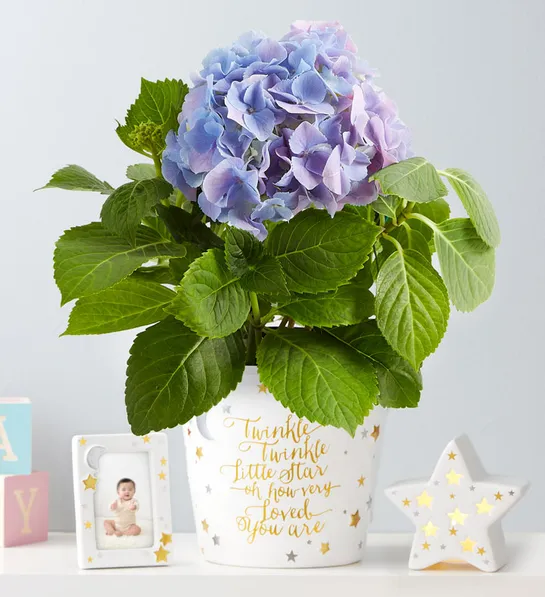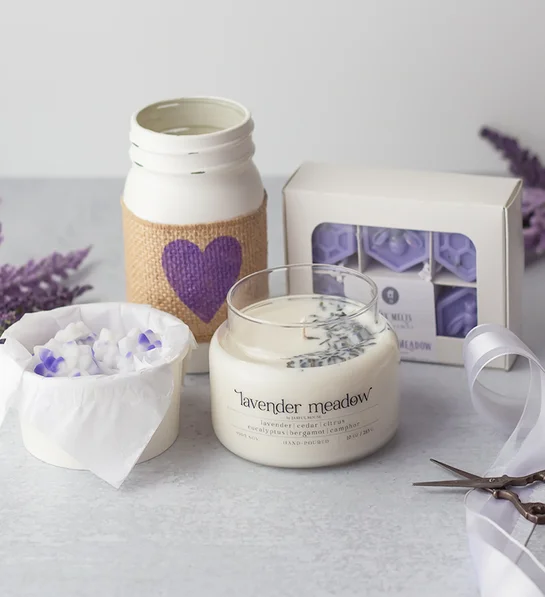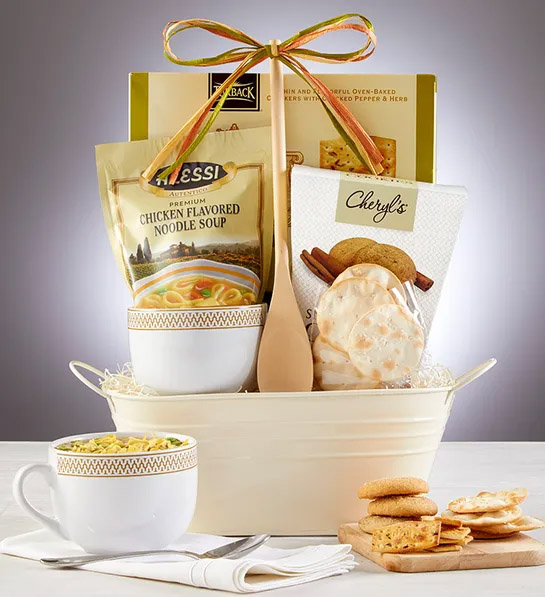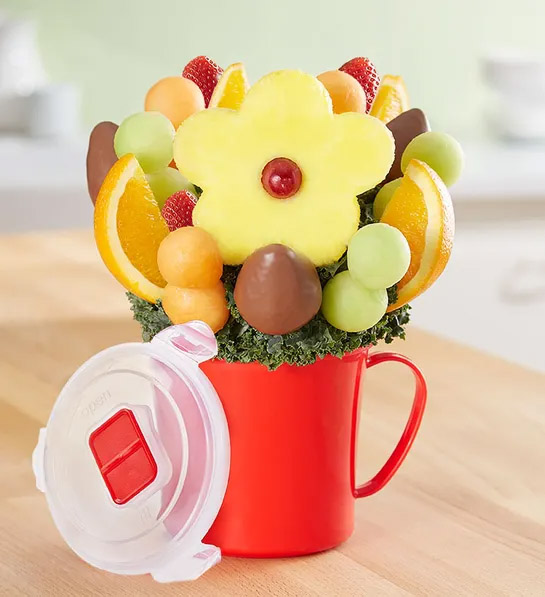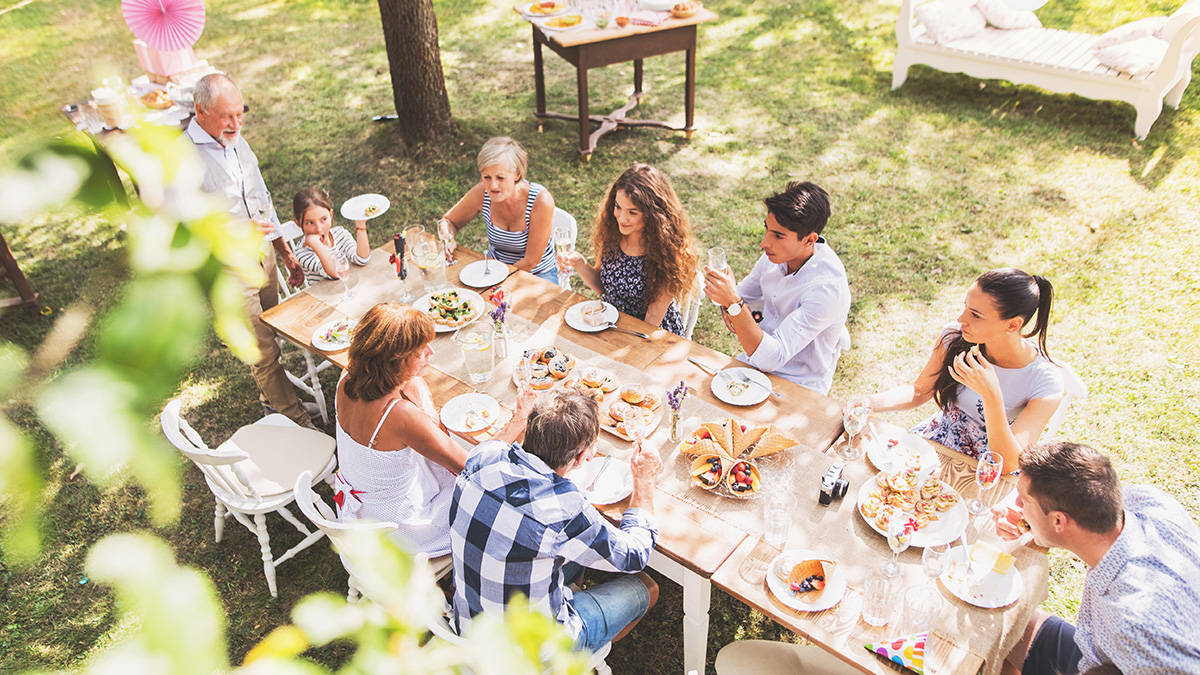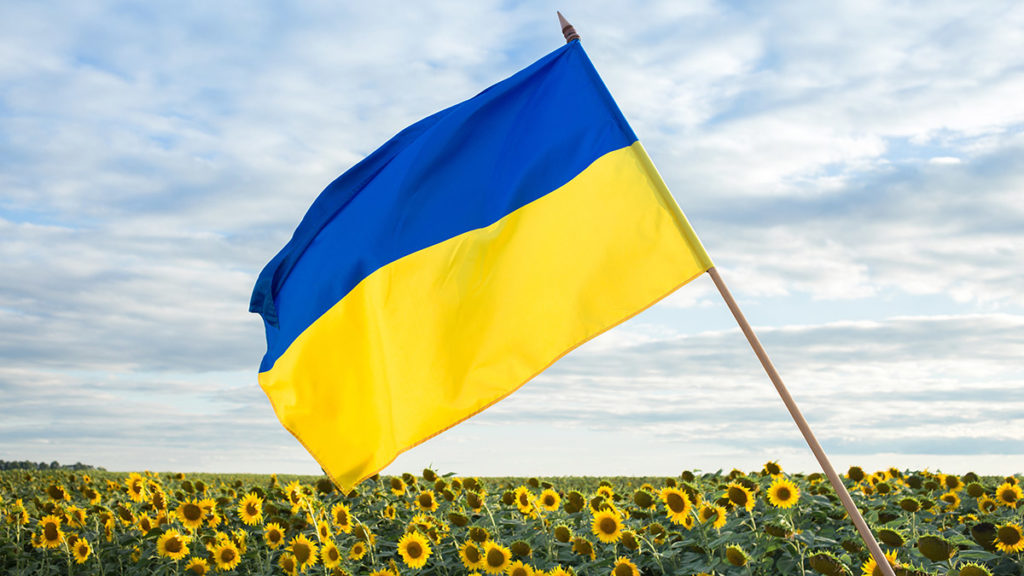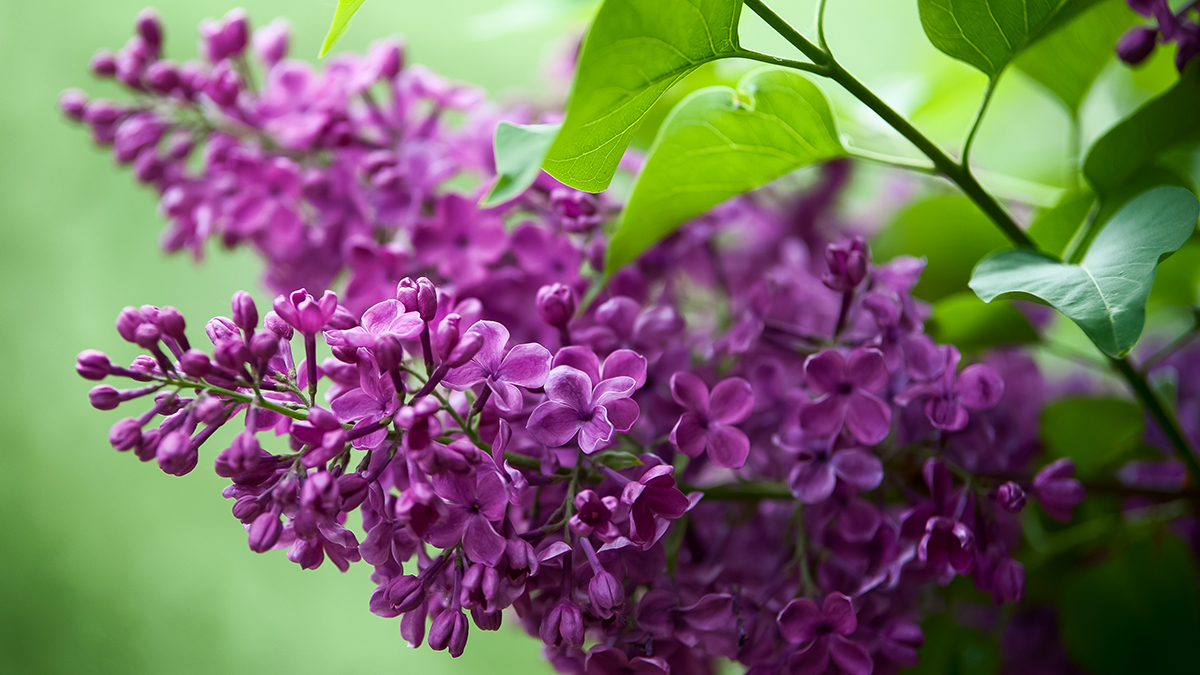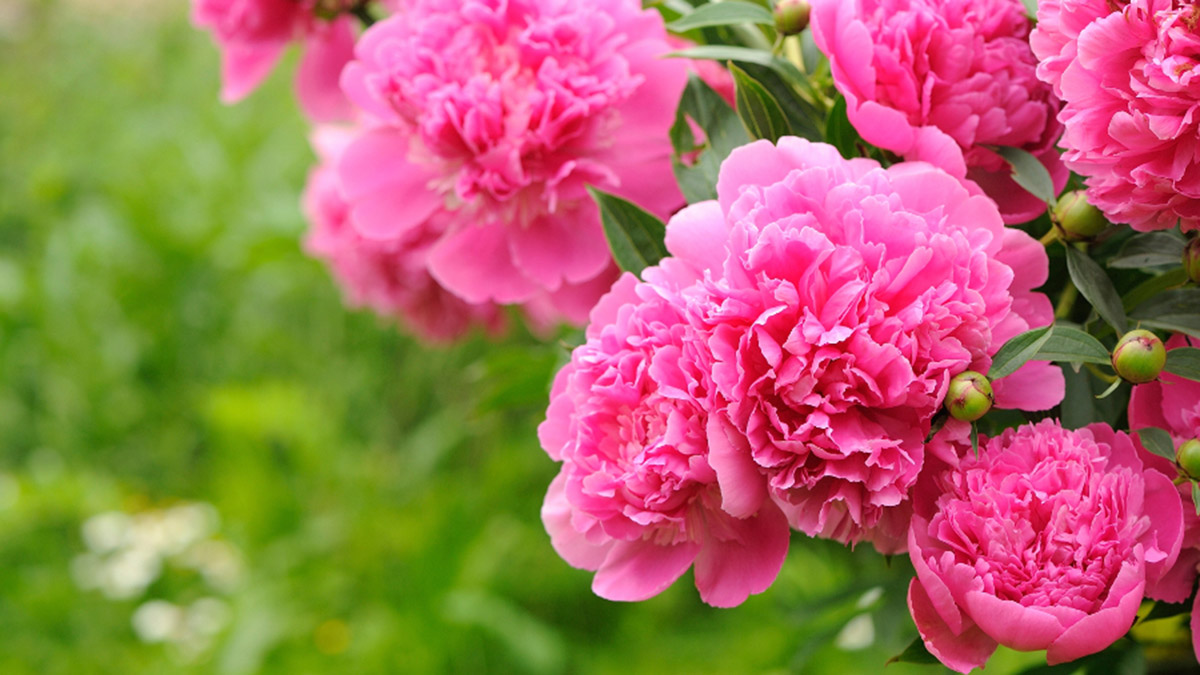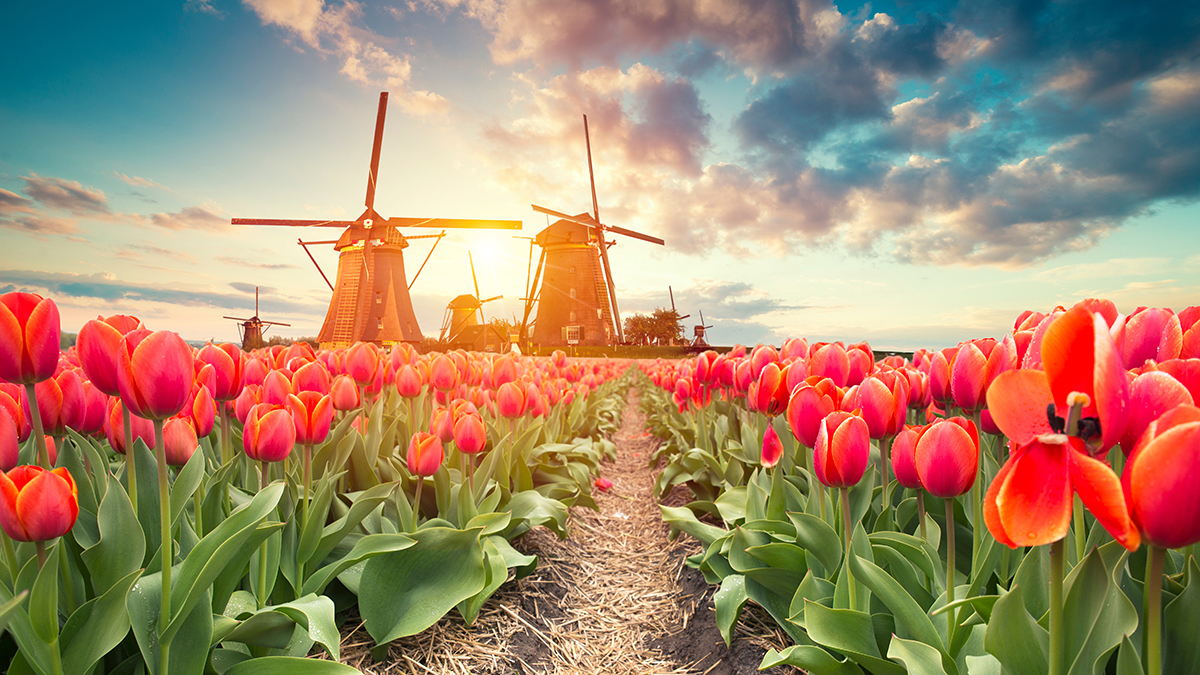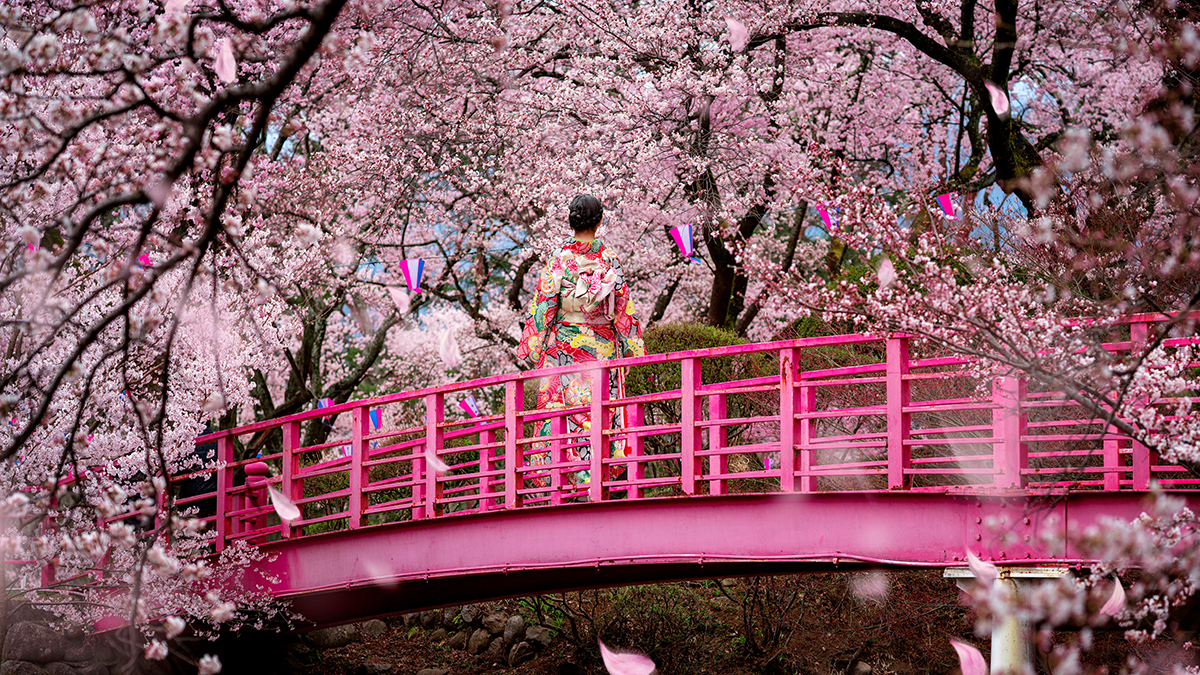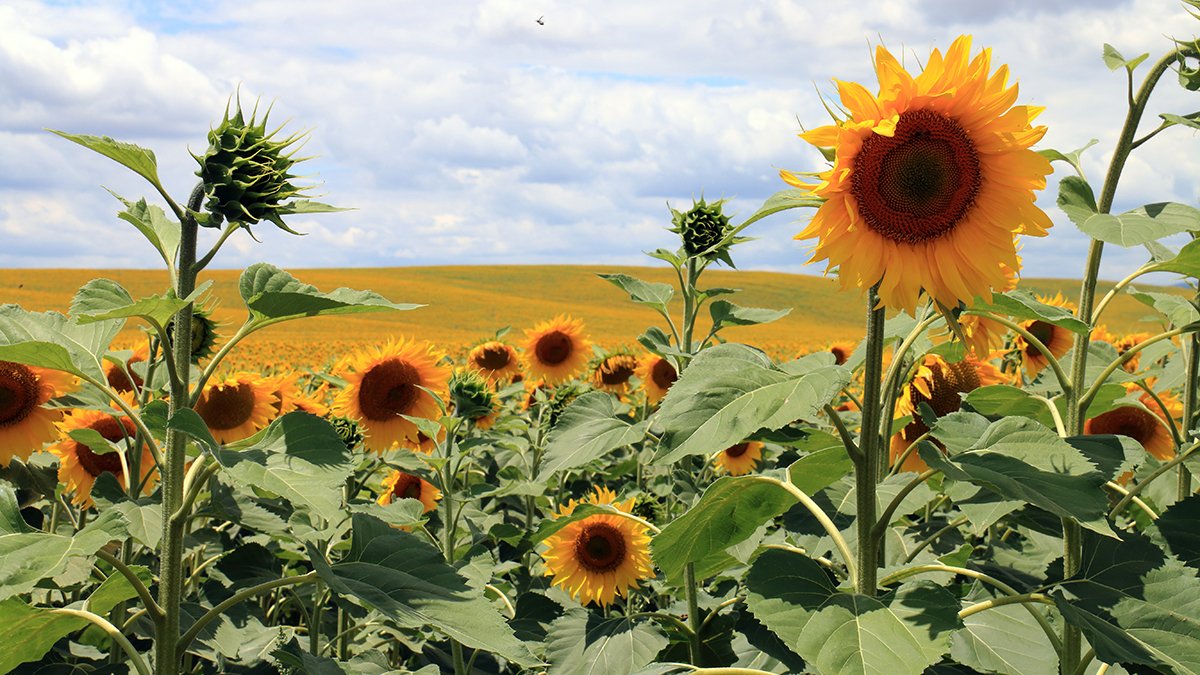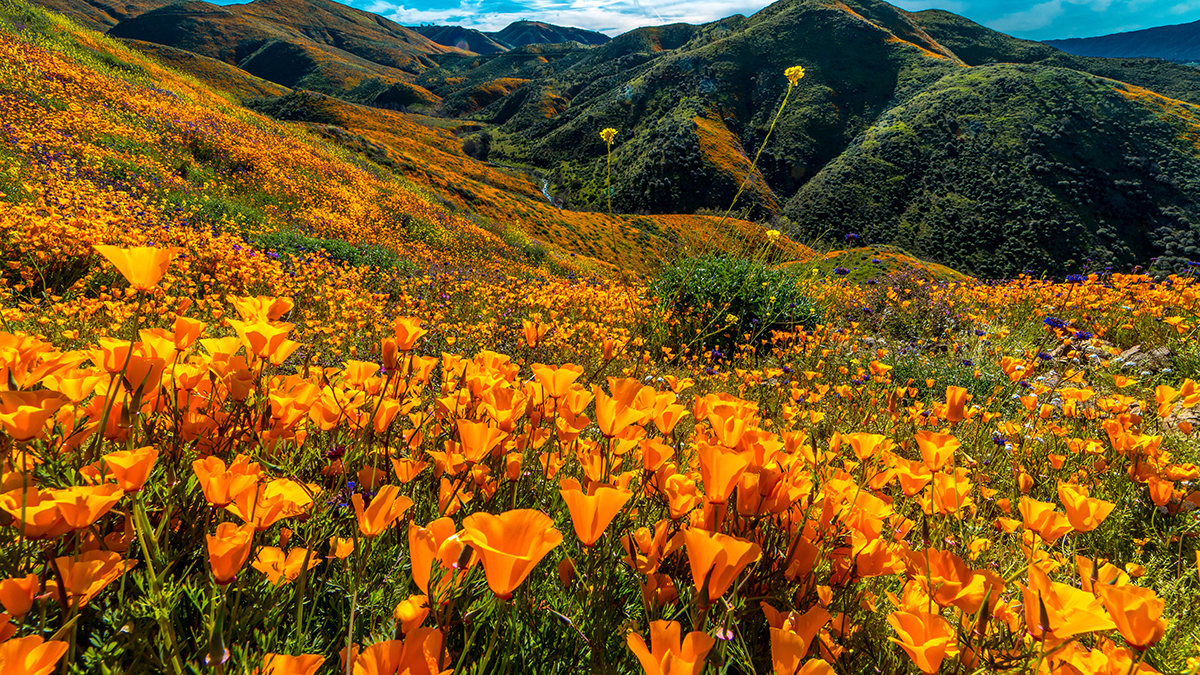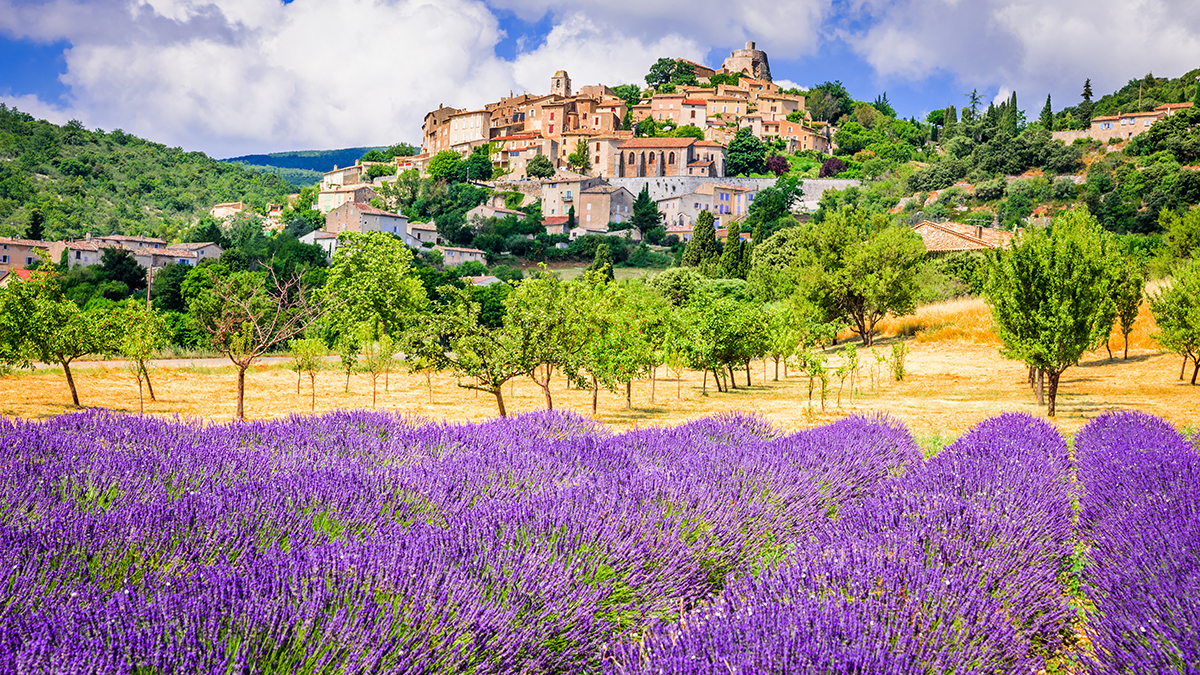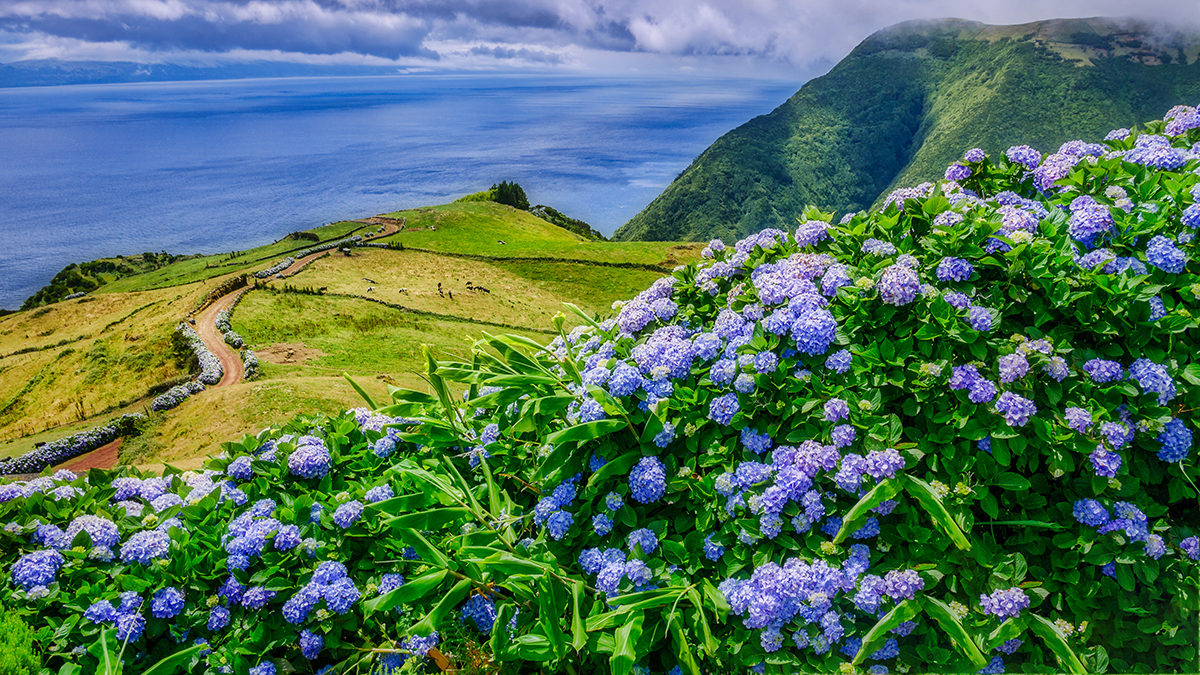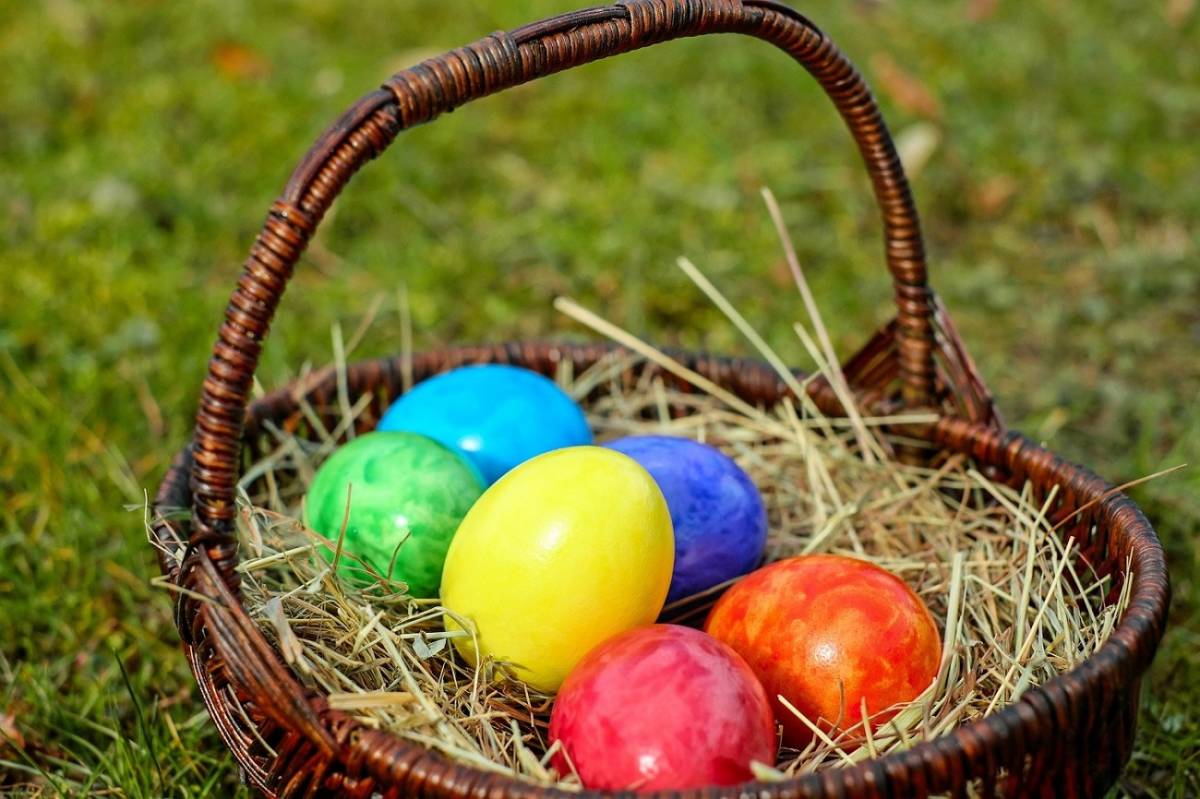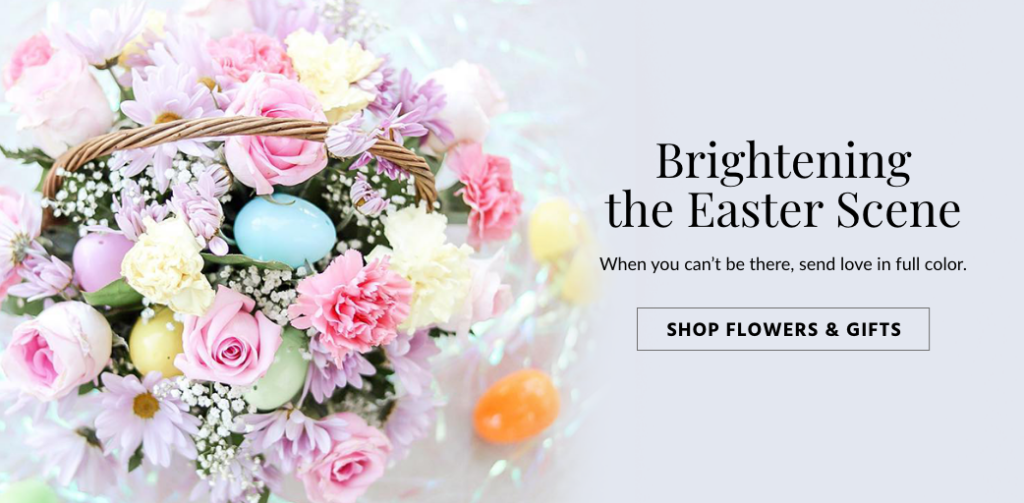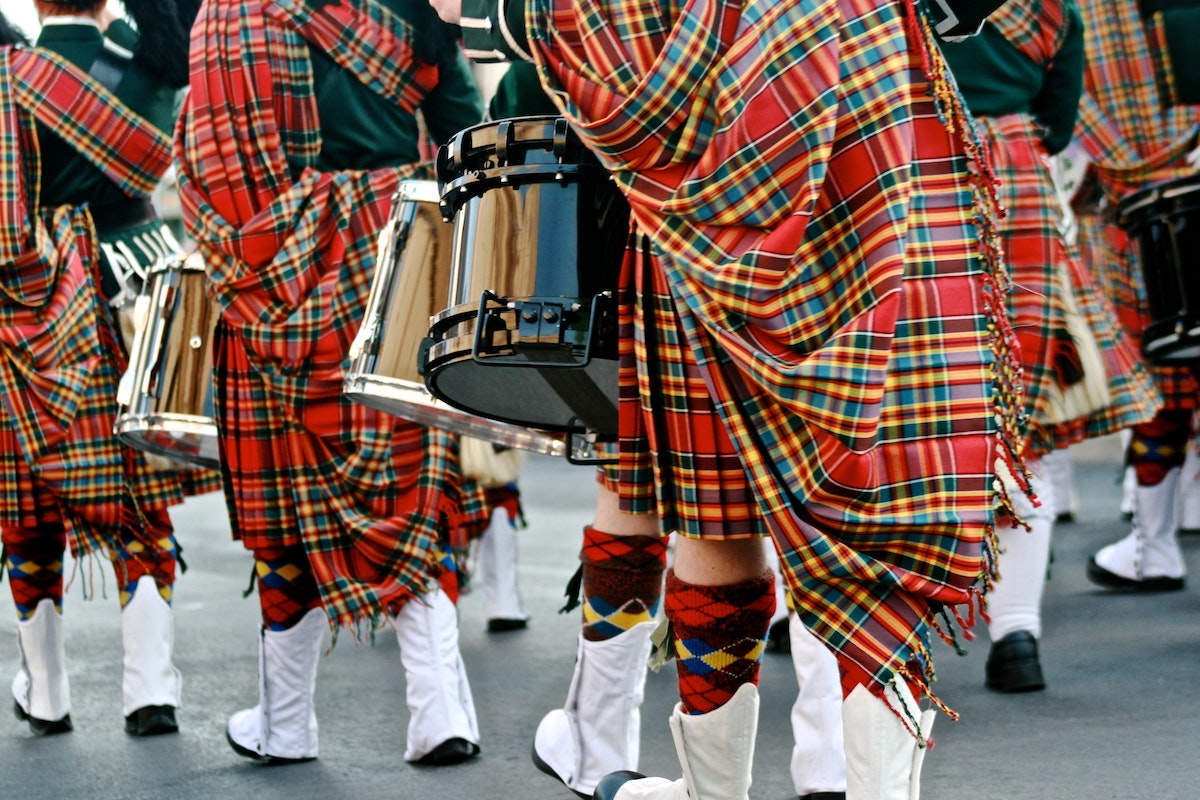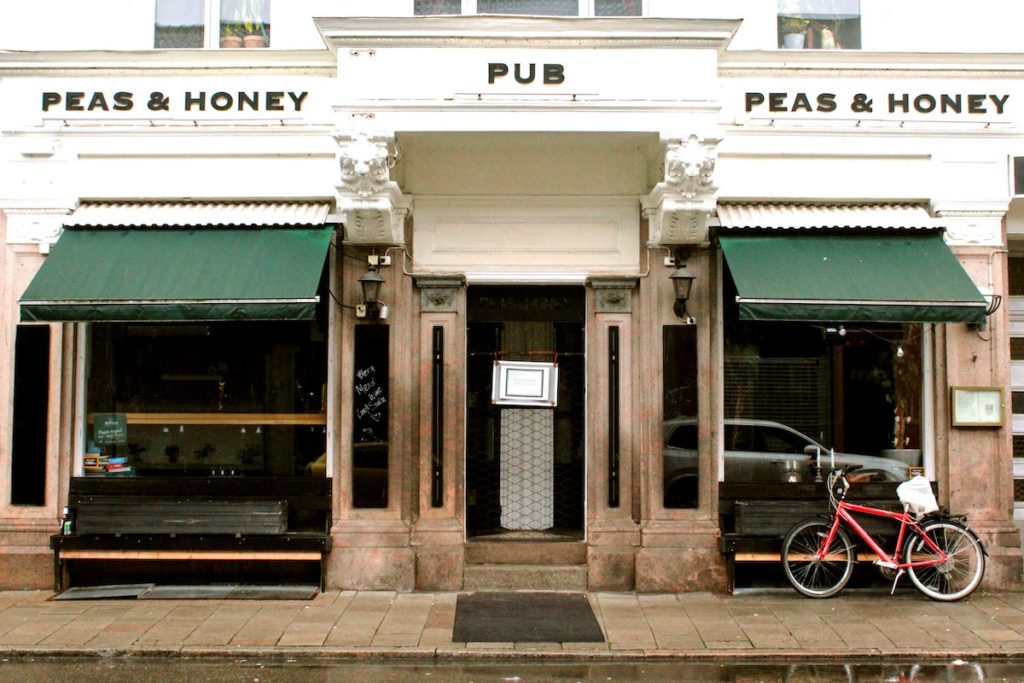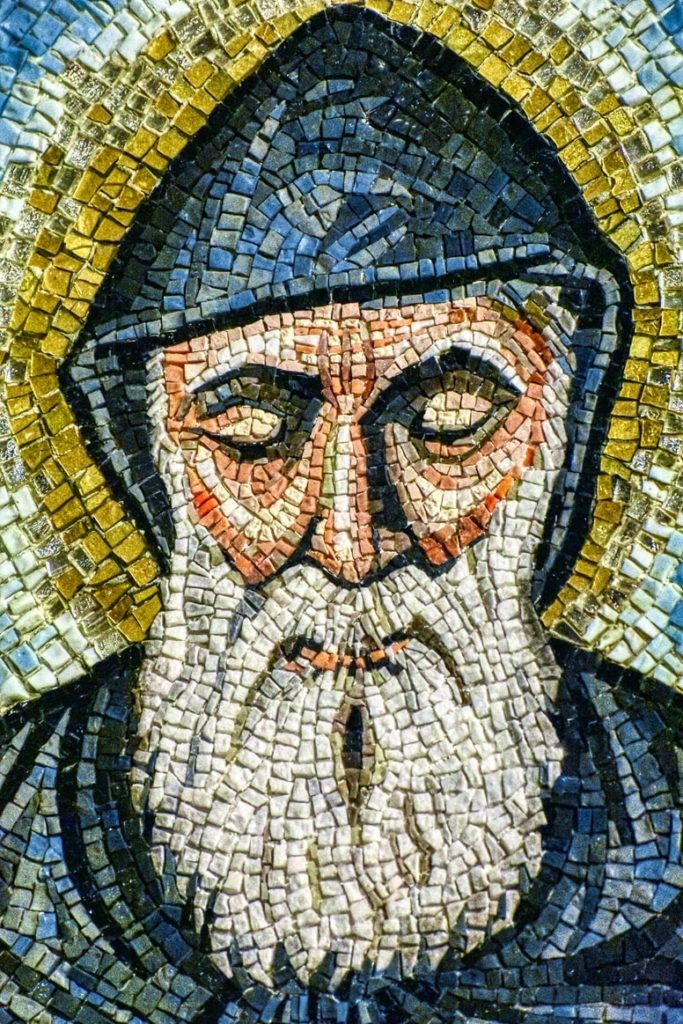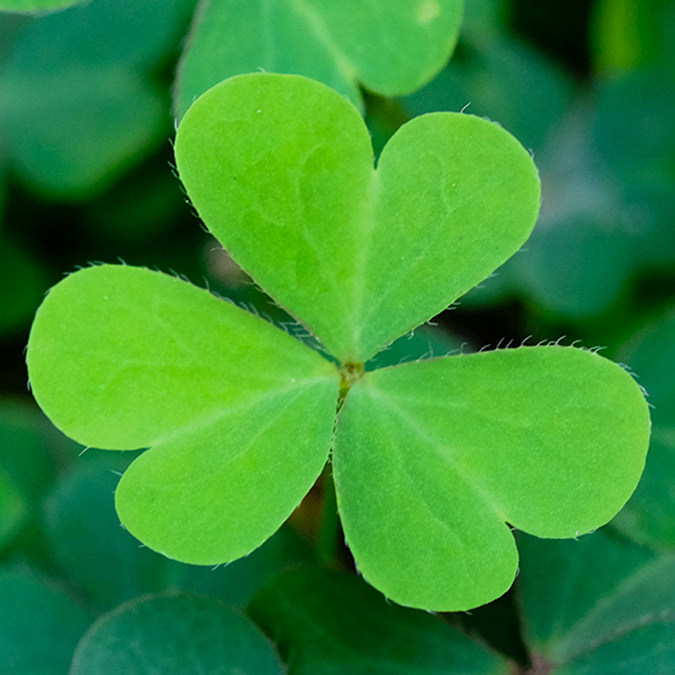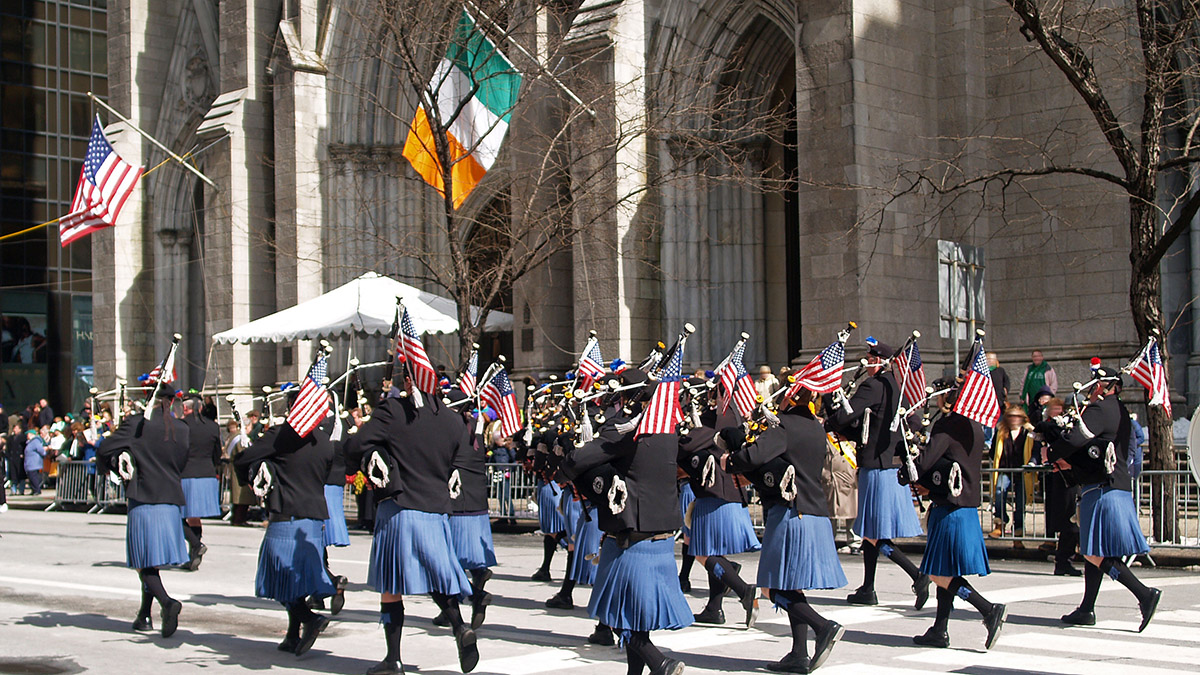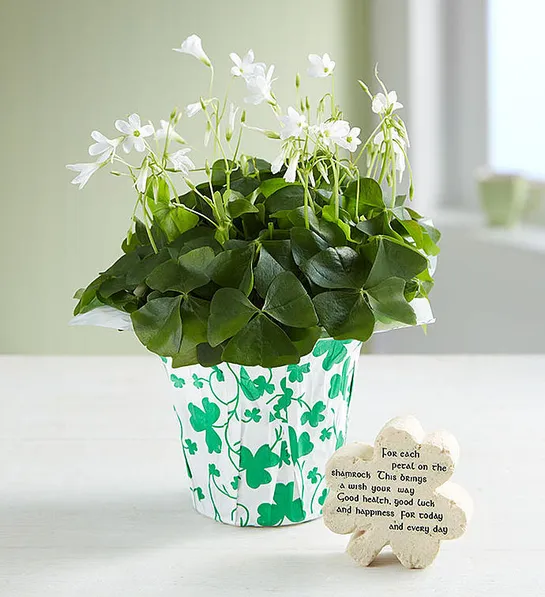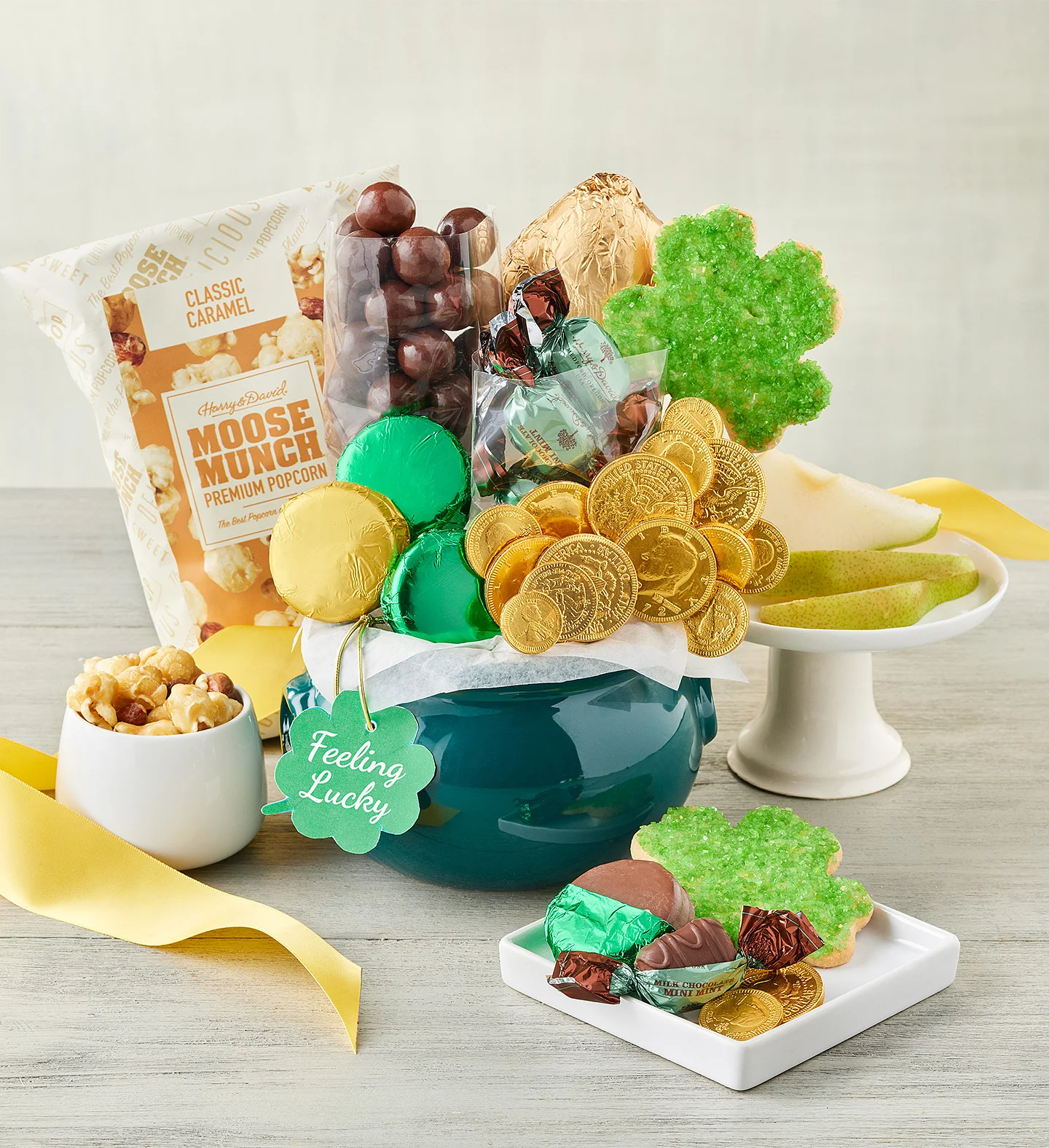For many of us, the dawn of a new year is a time for taking stock of who we are and where we are in life, and for setting goals for the next 12 months.
To wit: More than 50% of those surveyed by Statista started 2023 with a pledge to exercise more. Other top goals that made the list — and tend to show up every year — are eating healthier (50%), losing weight (40%), saving money (39%), and spending more time with family and friends (37%).
Find the thing that fills your proverbial cup and then work toward having more of that in your life every day.
alexa darrow
Life enhancement and mindset coach

However, studies also show that less than 10% of people who set goals for the new year, often called New Year’s resolutions, actually keep them. If setting goals is important — and academic research, such as this groundbreaking study by renowned American psychologist Edwin Locke, shows it is — then why are we so bad at achieving them? Or are we just expecting too much of ourselves?
“I feel that we often put too much pressure on ourselves with New Year’s resolutions,” says Alexa Darrow, a Portland, Oregon-based life enhancement and mindset coach. “We seem to have a need to set unrealistic goals for ourselves, and then when we get to a place when we haven’t met these goals, we feel guilty about it.”
Darrow says that over the past few years — a period during which there has been much societal upheaval — she has changed her mindset about goal setting for both herself and her clients. “Instead of looking at goals as things I want to achieve, I look at them as things I want to manifest,” she explains.
Darrow encourages her clients to consider what will bring them the most joy and then think of the steps that will lead to that change in their lives. Using weight loss as an example, she says, “Instead of putting pressure on yourself to lose 30 pounds in a year, I ask my clients to break that down into smaller, achievable goals.”
She emphasizes the lifestyle changes that go into losing weight but asks clients to be wary of trying to do too much, too soon. “Maybe you can start with working out once a week, or two to three times a week,” she suggests. “Or try to have two dinners at home each week instead of committing to five.”

Our culture’s reliance on instant gratification also plays into the pressure we put on ourselves with regard to goal setting. “Whether it’s losing weight or saving money for a house, we want to see results quickly,” Darrow says. “But these bigger goals take time. We need to have patience with ourselves. Achieving your goal may take two years, but if you take a step back, you can see that each day you are making progress.”
But what happens if you occasionally fall short? Many of her clients, Darrow says, struggle with self-criticism if they falter in the steps toward their goals. “A bad day doesn’t have to set you off course,” she says. “You can’t beat yourself up over it. You always have a new opportunity to get back on track.”
If anything positive has come out of the pandemic, Darrow says, it’s that it has caused us to look inward, and focus more on what is most important to us and brings us happiness.
“What I’ve learned is to find the joy where you can,” Darrow says. “I encourage my clients to find the thing that fills your proverbial cup and then work toward having more of that in your life every day.”
A great way to stay motivated as you work toward long-term goals is by rewarding yourself for achieving small milestones. Here are four ways to celebrate your success.

1. Keep a gratitude list
Darrow suggests writing down two or three things you are grateful for each day. “Then take it one step further by adding in your achievements of the day,” she adds. “It’s really nice to read the small accomplishments you’ve made over a week.”
2. Do something relaxing
Take a soothing bath or go on an invigorating hike. Don’t be afraid to do something for you.
3. Seek daily affirmations
Write inspiring quotes on sticky notes and place them where they will give you a boost of confidence. Or get a jar that already has the messages written out on slips of paper.
4. Purchase small, meaningful gifts
These could run the gamut, from a special candle to a new kind of tea to a bouquet of fresh flowers.
Are you someone who recently met a challenging goal, or do you know someone who has? Then it’s time to celebrate! Here are three gift ideas to honor this potentially life-changing work.

Fields of Europe® Celebration
Did your close friend get that promotion at work? Buy that car they’ve had their eye on? Good for her! Now, it’s time to reward her. This bright and lively arrangement of roses, mini Gerbera daisies, Peruvian lilies, and more will show them how proud you are of their accomplishment.
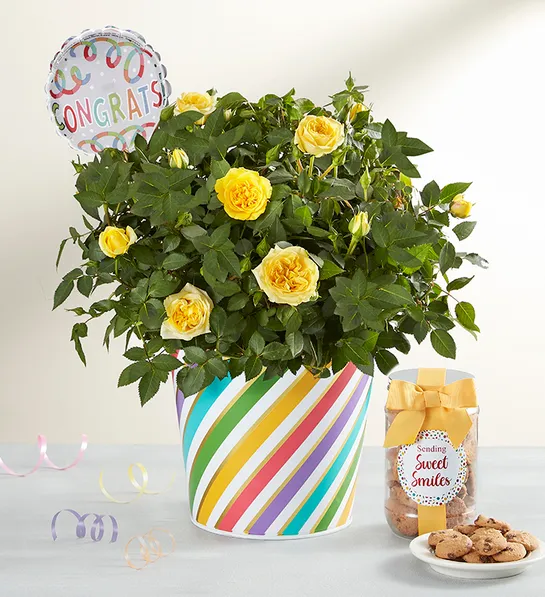
Congratulations Rose Plant
We know of no better way to congratulate yourself or someone else than with a gift of flowers and cookies. This lovely rose plant arrives in a colorful striped container along with a cheerful “Congrats” balloon. Add to the fun with a jar full of yummy chocolate chip cookies.
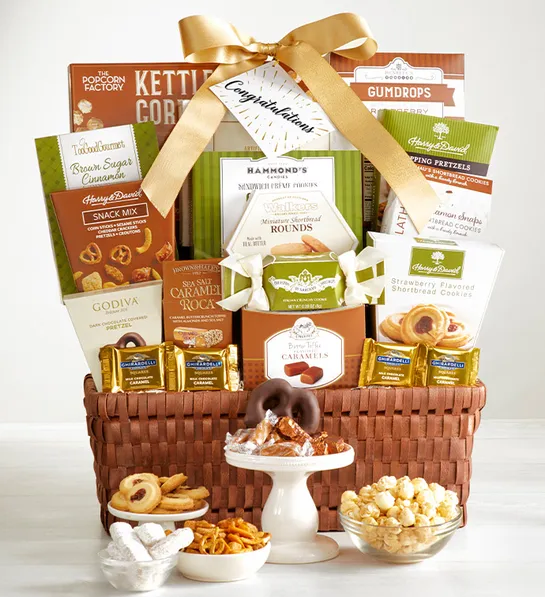
Classic Gourmet Congratulations! Gift Basket
Meeting even small steps toward a new goal is worth acknowledging. This attractive hand-woven basket with the message “Congratulations” on the decorative ribbon is stuffed to the brim with delicious snacks, including snickerdoodle cookies, chocolate covered graham crackers, kettle popcorn, and a whole lot more.



